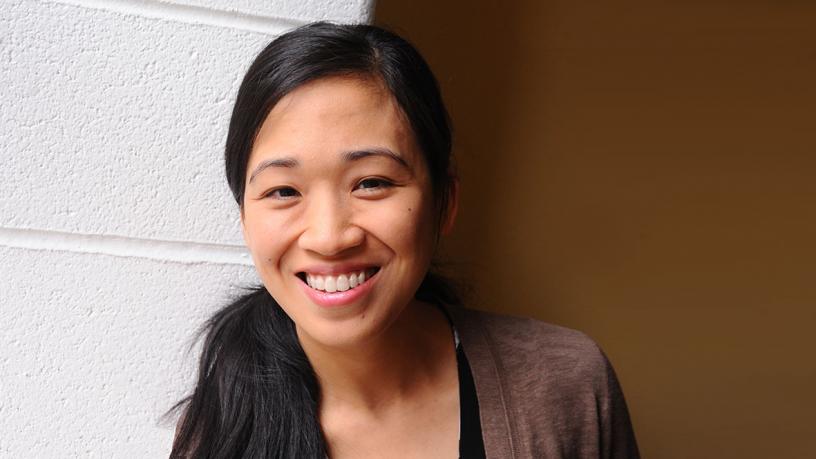Shopper Alert: Van-Anh Truong Is Optimizing Real-Time E-Commerce Solutions
NSF CAREER Award Will Support Research to Personalize E-Service and E-Commerce Choices
Online consumers are notoriously impatient—they want personalized choices instantaneously, whether it be a product to buy, a movie to watch, an appointment to schedule, or an email or text with a customized message. Van-Anh Truong, an assistant professor in Industrial Engineering and Operations Research, has won a National Science Foundation CAREER award to create a framework and methodology for investigating and solving a large class of real-time optimization problems involving personalization. The award will support her development of new fast and robust algorithms for solving these management problems, building on industry collaborations in several domains, including Columbia University Medical Center, Amazon, and Alibaba Group.
These optimization problems are particularly difficult to solve because they depend on random external information that unfolds gradually over time, and the number of potential solutions is overwhelming to search through by conventional methods. “The problems abound in e-service and e-commerce systems that interact with potentially hundreds of millions of users in personalized ways,” says Truong, who is also a member of the Data Science Institute.
For example, e-service websites such as ZocDoc or Practo have real-time access to large inventories of medical appointments and other services. When a consumer arrives on a website, the site needs to optimize the selection of available slots to display to the consumer, depending on the consumer’s urgency, schedule, preferences, desired specialty, location, and insurance. Researchers have found that it is usually most efficient to display just enough slots for the consumer to find an attractive option, but not all available slots, lest other consumers who arrive later can find no availability to their liking.
In e-commerce, retailers must optimize the way they present information to customers for potentially hundreds of products so they can get the most benefit from their inventories based on their knowledge about the consumer’s preferences. For example, a search for a backpack on Amazon can turn up 20 pages of products, but most consumers only have the patience to view the first few pages. The relevance of products placed on these early pages—how they are tailored to the consumer—can have an enormous impact on the user experience, as well as on sales.
In mobile commerce, retailers can directly recommend products to their consumers by sending them personalized mobile “push” messages. They must decide how to adapt these messages to their users to make the best use of their inventories. They have only a limited number of contact opportunities with their consumers before causing “user fatigue” and thus must maintain the relevance of these messages to their consumers.
“The ability to optimize decisions in interactions like these will enable the e-service and e-commerce economy to fully leverage data and technology to produce gains in efficiency, productivity, and usability of new systems,” Truong says. “We’re very excited about this, as our preliminary experiments on industry data already show highly promising results.”
As part of her CAREER award, Truong is also creating content for a pilot STEM module at Frederick Douglas Academy II, a secondary school in Harlem, where students will work in group projects to learn and apply STEM skills to improve operations in local restaurants, health clinics, and retail stores. She will also work with the Columbia Charter of “Girls Who Code” on coding simple algorithms to manipulate data and possibly work with her graduate students on coding more advanced algorithms.
Part of the NSF’s Faculty Early Career Development Program, the CAREER award is one of the NSF’s most prestigious honors for exceptional junior faculty and will provide Truong with $500,000 over five years for research and development.

